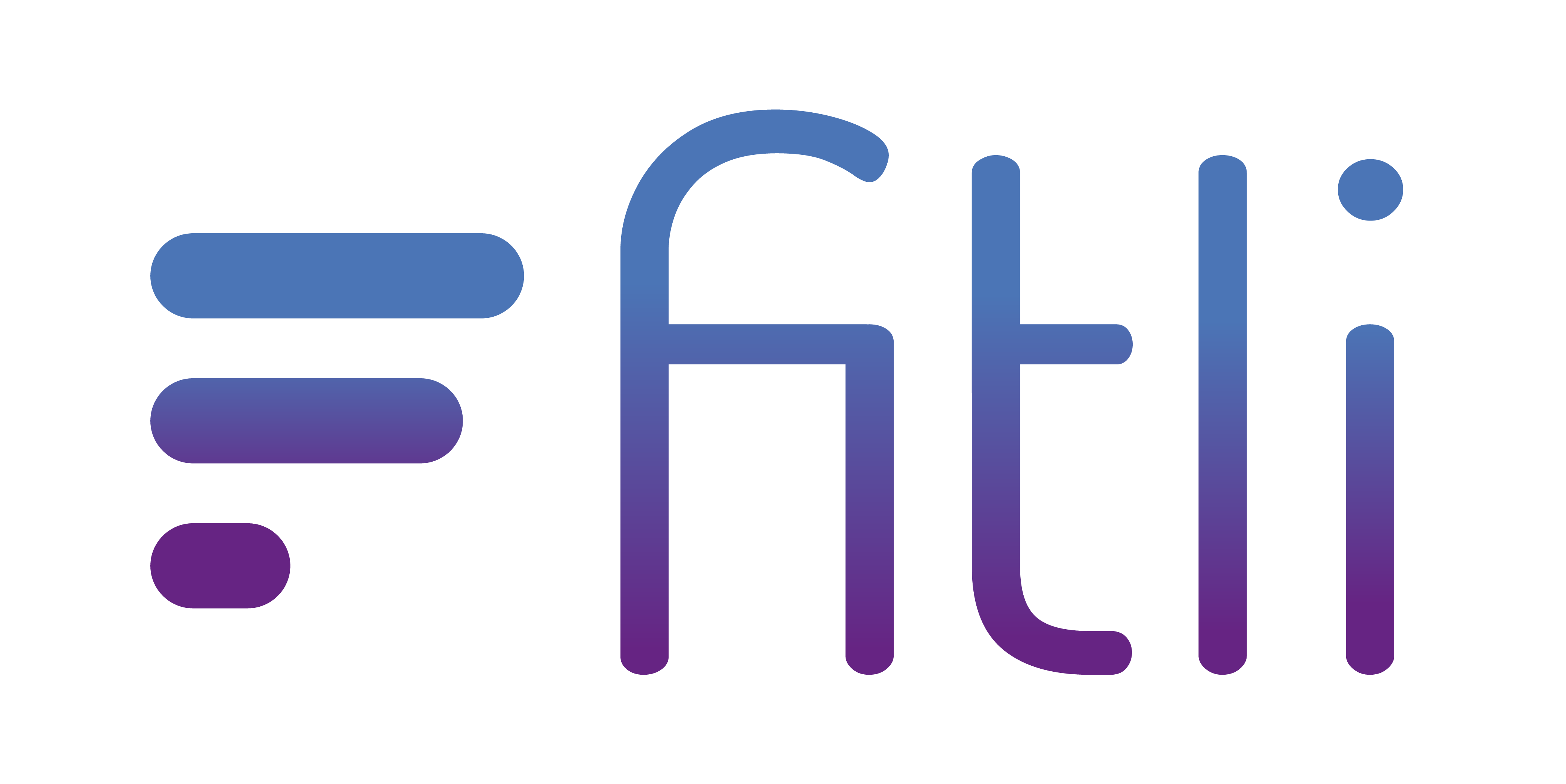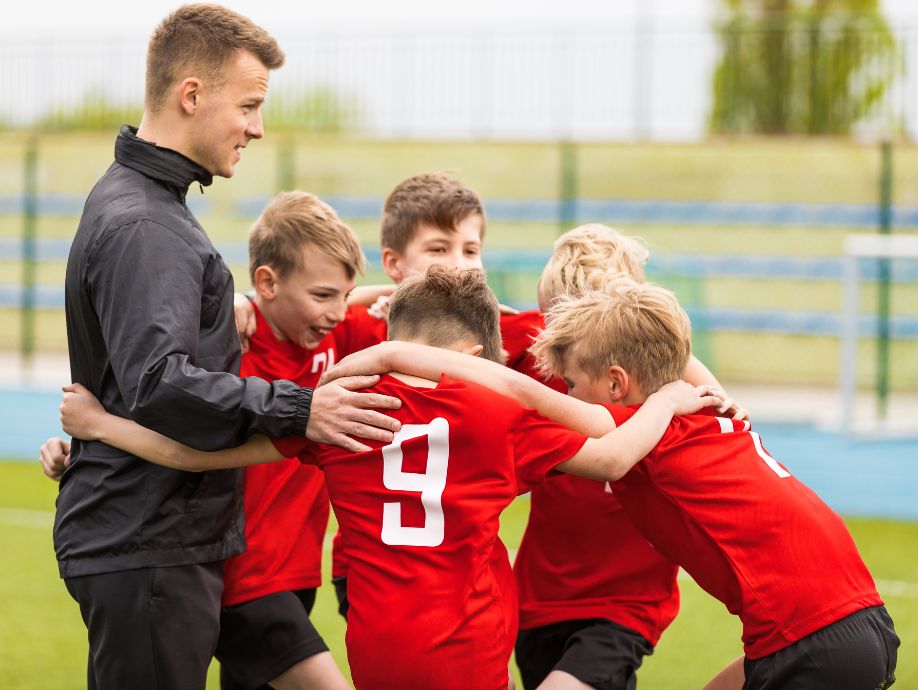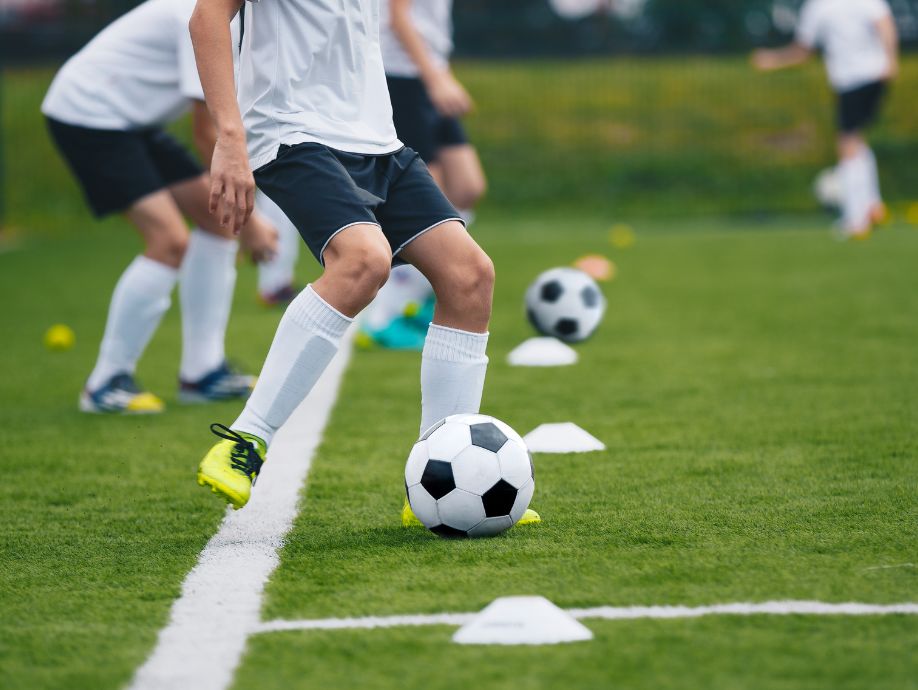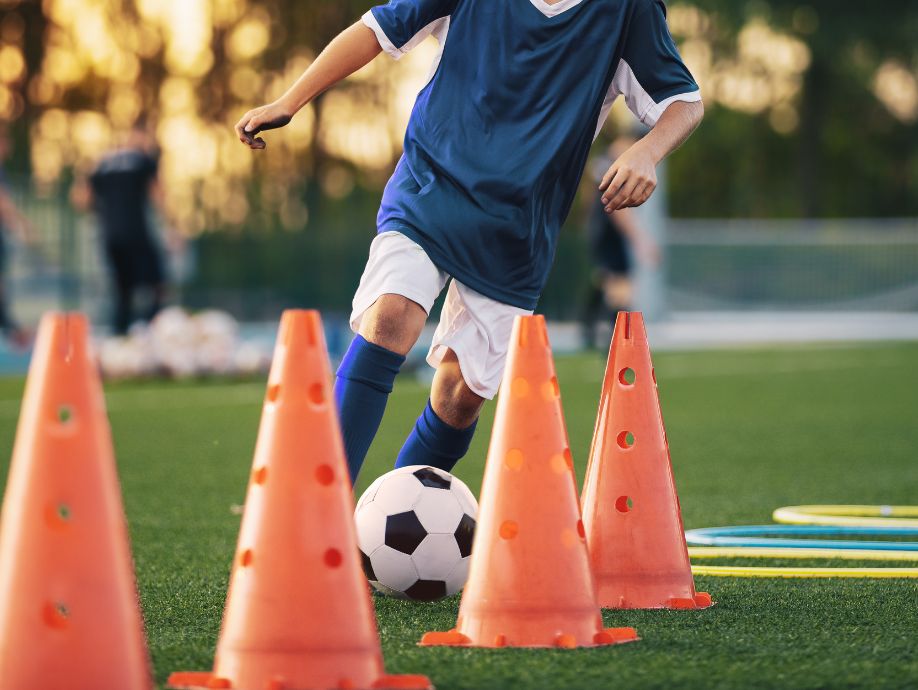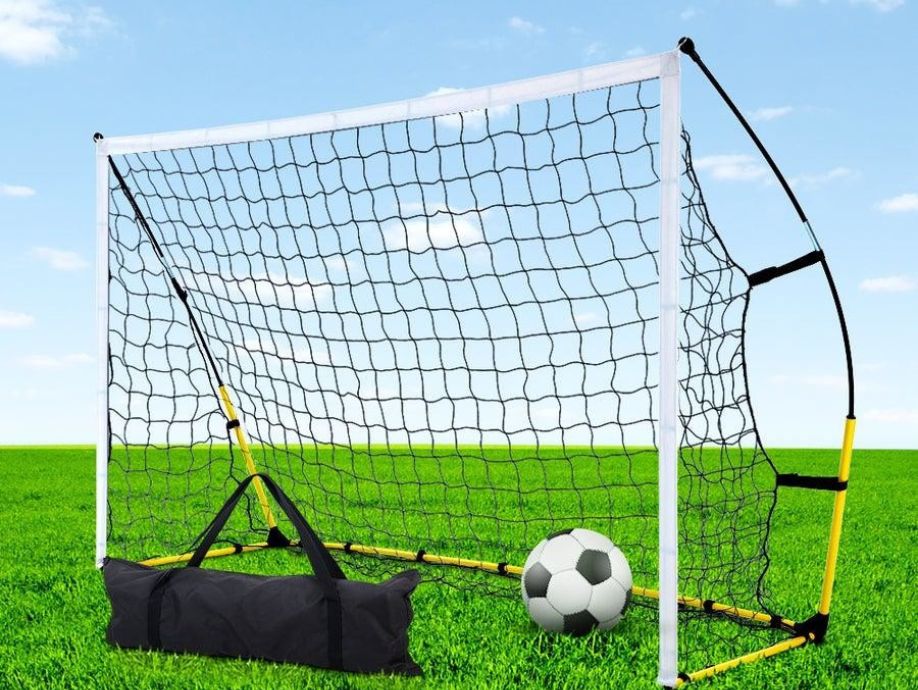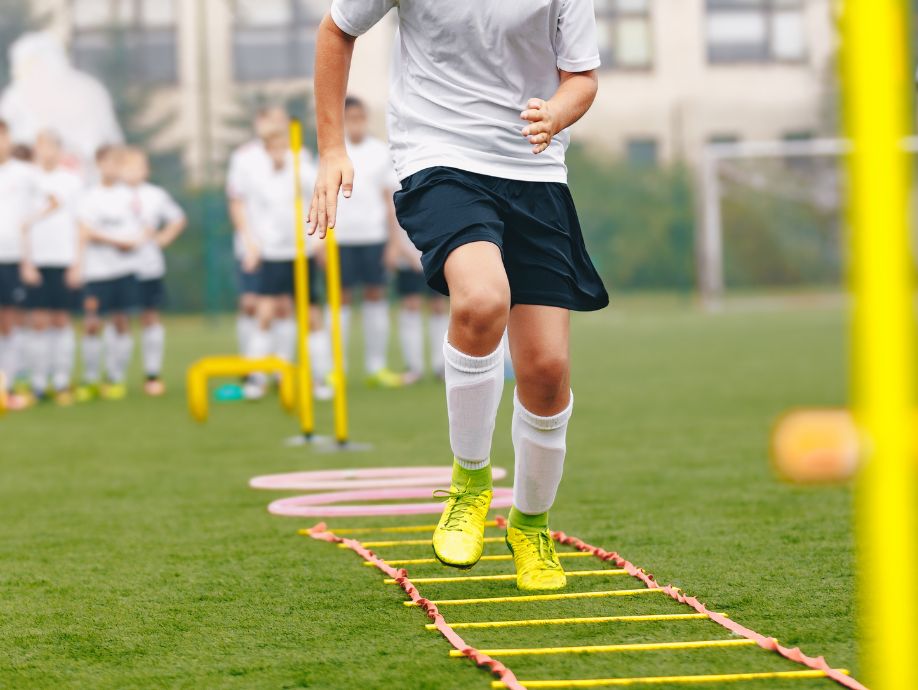The right soccer coaching equipment brings precision and effectiveness to your coaching strategies, ultimately ensuring success on the field.
As a youth soccer coach, one of the most important things on your mind is having the right soccer equipment and gear for your players. Your team’s development, performance, and victory on the field depend on it.
But you don’t need an endless array of equipment pieces to make your sessions productive and successful. Your players might already be bringing some of the things including soccer balls or shin guards. Your job is to organize a few essential and well-chosen additional accessories to support the development of your players.
We have compiled a comprehensive list of soccer equipment for coaches to help you train more efficiently and effectively. Remember, you don’t need EVERYTHING on the list. Focus on the essentials that will help your team develop physically and psychologically. We’ll cover:
